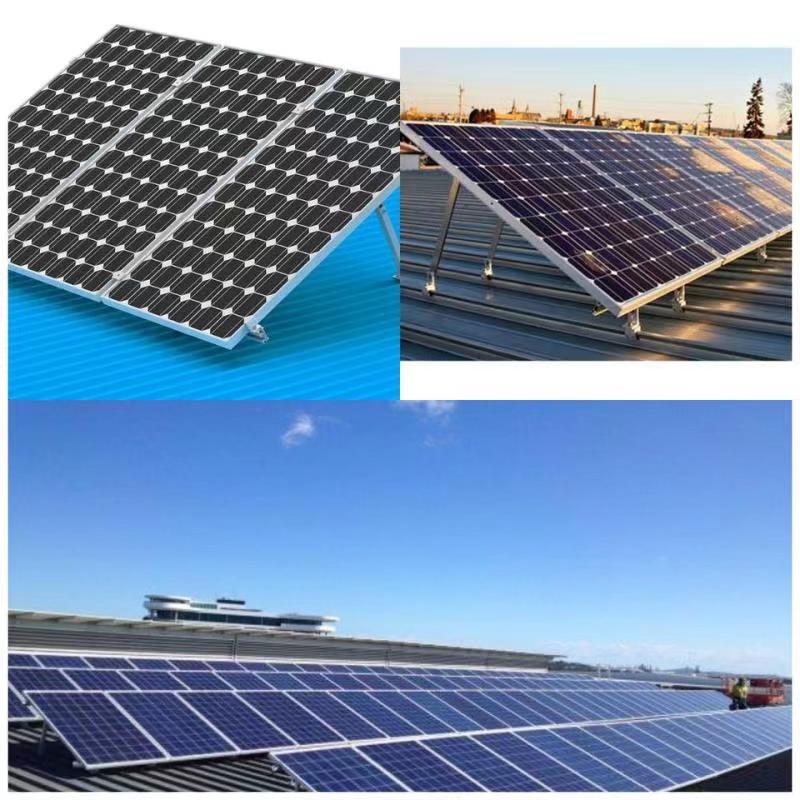With the advent of photovoltaic power generation, whether it is self-employed or enterprises, more and more people are beginning to install photovoltaics. The installation method is also very particular. For example, building a house is actually a very important part of the roof. Common There are mainly three types of roofs: flat roof, sloping roof and flat-slope combined roof. So what is the difference between installing photovoltaic power plants on these three roofs? The following is a brief overview of Lianbang Solar for everyone.

1. flat roof
The roof slope is less than 5% (2.86 degrees), which is a flat roof. It saves time and effort, is simple and elegant, and can be used as a venue for activities and drying. However, the flat roof drains slowly and is prone to leakage. Average heat.
The biggest advantage of installing a photovoltaic power station on a flat roof is heat insulation and cooling. You must know that installing a set of photovoltaic power station can reduce the temperature by 5~7 degrees, and the effect is obvious. For flat roofs, there are two main ways to install photovoltaic power stations
(1)steel shed
The so-called steel frame shed is to increase the bracket to install the photovoltaic power station, which is equivalent to covering another layer of sunshade on the roof, which will not affect the activity space of the roof.
(2)Bracket installation
In the form of cement pier + photovoltaic support, in order to ensure the power generation, it is necessary to determine a good inclination angle according to the geographical location of different regions and the actual situation. space.
2.Flat roof
As the name suggests, it combines the two forms of roofs, so it also combines the advantages of the two types of roofs to simplify the building structure while enriching the architectural shape.
The characteristics of this type of roof-mounted photovoltaic power station are basically similar to the previous two, but the form is more flexible. It can be built on a flat roof for installation and insulation, or it can be laid on a sloped roof, depending on individual needs.
The installation of photovoltaic power stations on the roof not only has the beautiful effect of heat insulation and cooling, but also can create green income, preserve the value of your own roof, and at the same time play a role in green environmental protection. With the strong support of the country and the leap of the photovoltaic industry The development of photovoltaic power plants will also become standard and become a well-known financial product for the public.
3. sloping roof
Sloping roofs are generally more beautiful. Due to the large slope of the roof, rainwater is easy to drain, and the construction is simple and easy to maintain. In rainy areas, this type of roof is generally adopted.
The biggest advantage of installing photovoltaic power plants on sloped roofs is that the building integration effect is obvious, that is to say, it fits well with the roof, does not affect the aesthetics of the house at all, and can also make the roof high-tech
There is no need to increase the brackets and calculate the inclination angle for the installation of photovoltaic power plants on the sloped roof. When installing, it can be laid according to the inclination angle of the roof itself, and the same time nstallation capacity is not affected by the area. For example, if a flat roof is installed with 3KW, it needs an area of 30 square meters, and a sloping roof can be 20 square meters. Due to the large slope, it can also have the effect of automatically cleaning the power station.


Comments are closed